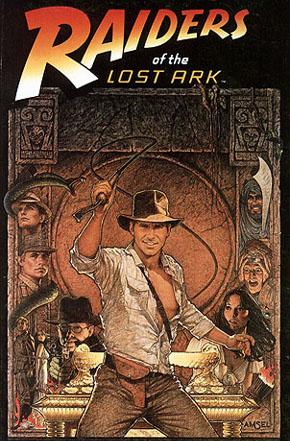If there’s an unintended theme cutting across all of our discussion topics in this month’s episode of Hyperspace Theories, it might be the aphorism that “past is prologue” and its implications for The Force Awakens and the Sequel Trilogy.
Our storytelling segment continues our consideration of the foundations of Star Wars with a focus on the co-screenwriter of The Force Awakens, Lawrence Kasdan. Joining us as our guest for this segment is Bryan Young from Full of Sith and Big Shiny Robot. He also writes a recurring column for the StarWars.com blog on the “The Cinema Behind Star Wars” in which he explores the many classic films that influenced George Lucas, and we were excited to have Bryan’s insights on the filmography of Lawrence Kasdan, as well.
 Of course, Kasdan is no stranger to Star Wars with his screenplay credits on The Empire Strikes Back and Return of the Jedi. We also discuss some of his comments from the writing process, as revealed in J.W. Rinzler’s The Making Of books about those movies. Kasdan’s comments in the excerpted transcripts from the Jedi story conference are particularly interesting, including his suggestion that Leia should be the one to kill Jabba the Hutt. In addition, Kasdan wrote the screenplay for Raiders of the Lost Ark in close collaboration with George Lucas, and many of the public comments about The Force Awakens from its creators and participants remind us of the tone, emphasis on character-driven storytelling, and balance between action and humor, that stands out in the Raiders screenplay. We also venture beyond his Lucasfilm work, including Silverado, The Big Chill, and The Bodyguard.
Of course, Kasdan is no stranger to Star Wars with his screenplay credits on The Empire Strikes Back and Return of the Jedi. We also discuss some of his comments from the writing process, as revealed in J.W. Rinzler’s The Making Of books about those movies. Kasdan’s comments in the excerpted transcripts from the Jedi story conference are particularly interesting, including his suggestion that Leia should be the one to kill Jabba the Hutt. In addition, Kasdan wrote the screenplay for Raiders of the Lost Ark in close collaboration with George Lucas, and many of the public comments about The Force Awakens from its creators and participants remind us of the tone, emphasis on character-driven storytelling, and balance between action and humor, that stands out in the Raiders screenplay. We also venture beyond his Lucasfilm work, including Silverado, The Big Chill, and The Bodyguard.
The topic of our world-building segment was inspired by an article in the current issue of Star Wars Insider magazine, #155, which includes Tricia’s essay on Luke Skywalker’s impact on the Hero’s Journey in storytelling. Another article in the issue provides a high-level description of the “Star Wars Ring Theory” analysis by Mike Klimo; you can read his full essay at his website. The basic premise of the essay is identifying the many equivalents, parallels, and mirroring between the Original Trilogy and Prequel Trilogy films, particularly in the visual imagery crafted by George Lucas in the more recently produced films to make connections with the earlier movies. Now that The Force Awakens will expand the six-film ring cycle of Anakin Skywalker rise, fall, and redemption into new movies, we consider how the Sequel Trilogy might draw upon elements of the existing films while also forging a new path forward in Star Wars for the future.
After two episodes discussing the protagonist’s arc in our storytelling segment, this month we flip around to the antagonist. We begin by examining the antagonists from the OT and PT, from Darth Vader and the Emperor to Darth Maul, Count Dooku, and Palpatine. While each of the antagonists has motivations that drive their role in the story, most of them do not undergo much of a character development story arc. From this we speculate on possible antagonist motivations in The Force Awakens, and wonder whether the principal antagonist will be a relatively thin villain like Maul or an adversary with a longer storyline progression that might pay off over all three Sequel Trilogy movies.
With this month’s Plot Bunny Giveaway, we look ahead to Valentine’s Day next month with several romance-themed ideas.
You can also listen to Hyperspace Theories at Libsyn or download the show there. Or subscribe on iTunes.
Hyperspace Theories is now on Twitter @HyperspacePod!
Tricia is @FANgirlcantina on Twitter, as well as posting at FANgirl Zone on Facebook and on Tumblr.
Kay tweets @Geek_Kay.
Bryan Young tweets @swankmotron, and you can also follow his work @FullOfSith and @BigShinyRobot.
